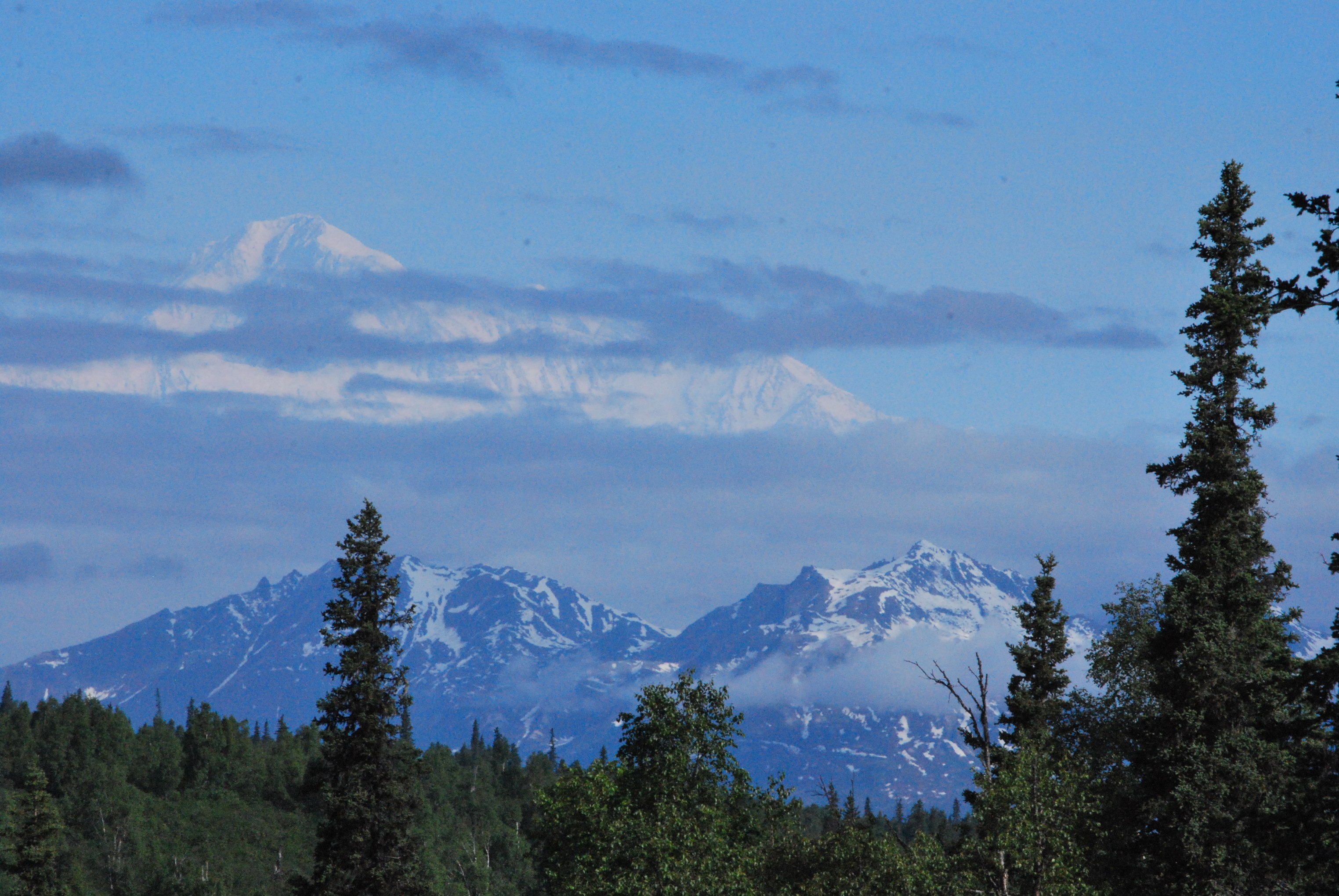
Conclusion: The California Dream
California is more than a geographical location; it’s a state of mind, a way of life, and an ever-evolving dream. Countless argonauts have made the expedition west in anticipation of riches, while others have made the perilous journey fueled only by hope and the desire for a more peaceful existence. As evidenced by the aforementioned accounts of African Americans and Japanese Americans, the ensuing existence of these two groups was anything but peaceful. Yet they remained. And through their perseverance, not only survived but thrived. Often times sustained only by their hope.
According to C.R. Snyder (1995), hope is defined as the process of thinking about one’s goals, along with the motivation to move toward those goals and the means for their achievement. What is it about the construct of hope that enables a group of people to overcome seemingly insurmountable obstacles with a sense of purpose and dignity intact? Is it scientific, with the answer residing in their collective limbic system? Is it spiritual, where the answer dwells in the hearts and minds of group members and their unwavering belief in a power greater than themselves? Although this tractate does not endeavor to address such polemical issues, maybe the answer resides in the junction of the two.
______________
References
Five Views: An ethnic historic site survey for California California Department of Parks and Recreation Office of Historic Preservation (December, 1988) http://www.ca.gov
LaFountaine, D. & Wang, P. (1995) Historical Background
Taylor, Q. (1998) In search of the racial frontier: African Americans in the American West, 1528-1990 New York: W.W. Norton.
Thayer, E. L. (1888) Casey at the bat San Francisco Examiner, June 3.
Warren, E. (2001) The memoirs of Chief Justice Earl Warren New York: Madison Books.






